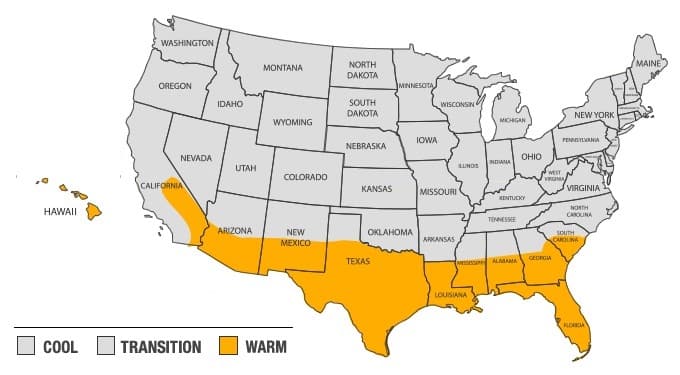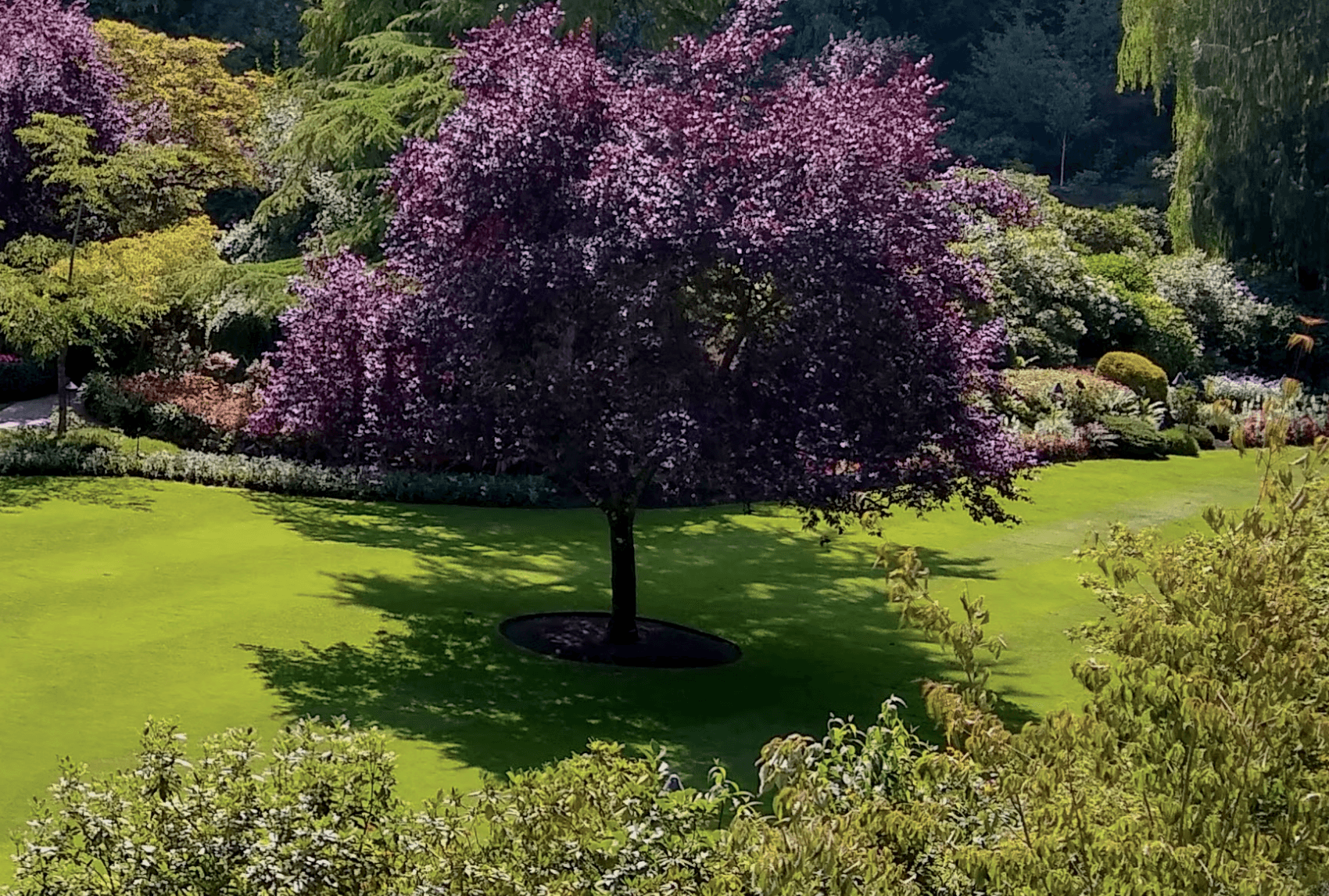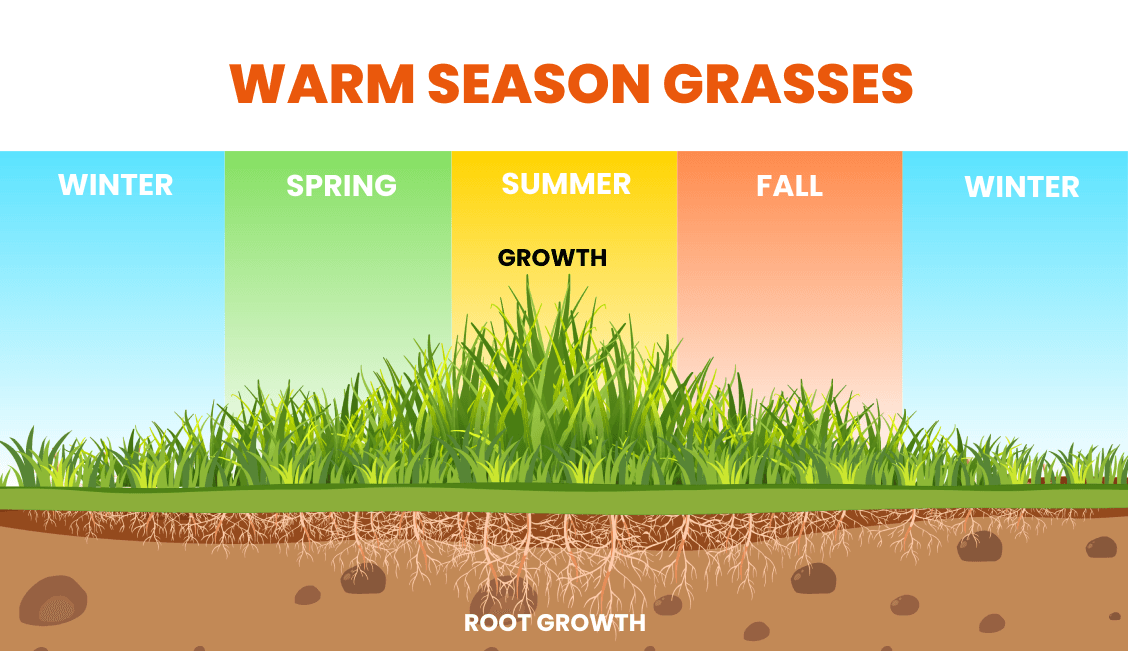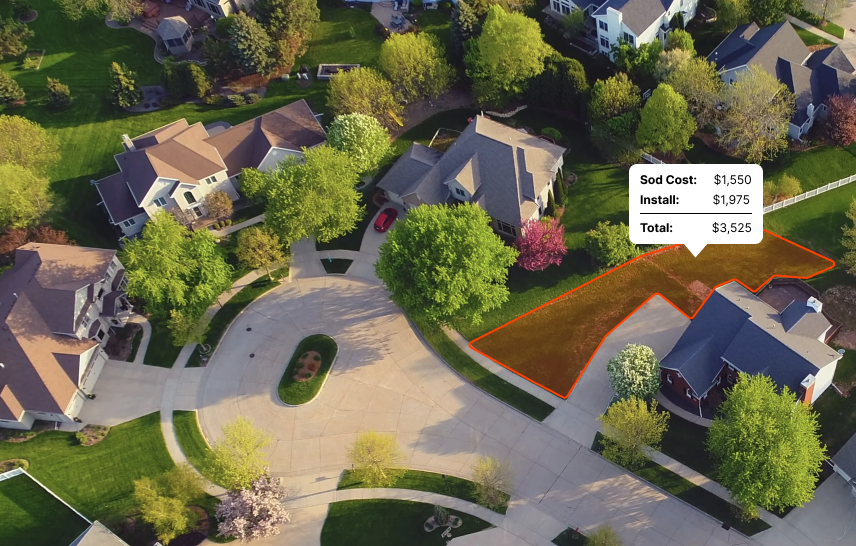Understanding the climate conditions and choosing the appropriate grass species will help ensure a successful lawn in Hawaii.”
Introduction
Hawaii has a tropical climate, with temperatures that remain fairly consistent year-round and high humidity levels. The state is divided into different grass zones, each with its own specific climate conditions.
These zones range from humid subtropical to tropical rainforest and are determined by factors such as elevation, rainfall, and temperature. The grasses that are best suited to Hawaii's climate are those that can thrive in warm temperatures and high humidity levels.
These grasses also need to be able to withstand occasional heavy rainfall and periods of drought. The best time to lay grass in Hawaii is during the rainy season, which typically occurs between November and March.
This is because the grass will have the best chance of establishing itself during this time when there is ample moisture in the soil. Overall, Hawaii's warm and humid climate makes it an excellent environment for growing a variety of grasses, each suited to the specific grass zone in which it is planted.
What are the best sod types for HI?
In the world of landscaping, not all grasses are created equal. Each thrives in a specific climate zone: cool, warm, or transition.

Hawaii, with its warm season climate, prefers a particular set of grasses that relish the higher temperatures. The following sods are the easiest to grow and maintain in Hawaii:
While it's possible to grow grasses meant for other regions with proper care, attention and timing, these are the most common grasses in Hawaii for residential lawns.
Level Up Your Lawn Skills
Once per week we'll send you an interview from someone who has mastered the art of lawn care.
Recommended species for shade
Alright, for all you green thumbs out there looking for the best grasses that thrive in shade in Hawaii, you're in the right place. Let's talk grass!
First up, St. Augustine Grass. We love this tough cookie because it's not only shade-loving but also drought-resistant. Win-win! Expect to give it about 4 to 6 hours of sunlight each day for the green, lush lawn to pop.
Next in line, we've got Zoysia Grass. Also sun-loving, but with a twist. It doesn't mind some shade. Morning sun, afternoon shade, this guy is pretty much the Goldilocks of grass, with an ideal sun dosage of 3 to 6 hours daily. Oh, and it's pretty resistant to wear and tear, so bring on the backyard football!
Then comes the Buffalo Grass. This one's for anyone who wants maximum results with minimum efforts. Only 3 to 4 hours of sunlight every day and it will give you a dense carpet of lush green heaven.
How about that Seashore Paspalum? For those residing closer to the beach (lucky you!), this one's a godsend. It's salt-tolerant and appreciates the shady underbelly of your palm trees, requiring 4 to 6 hours of sunlight to thrive.
Last but not least, Centipede Grass. Its slow-growing nature makes for an easy-to-maintain lawn that can flourish in the shade. This grass does particularly well when there’s around 4 to 5 hours of sunlight.
Remember, most of these grasses can tolerate a fair amount of shade, but they do need sun. The trick is understanding the sun-to-shade balance your yard offers. And don't cut your grass too short, that not only makes it sunburn faster but also stresses the roots.
So, there you have it. These are our top picks for the best grasses for a shady green retreat under the persistent but warm Hawaiian sun! It all boils down to your specific needs, location, and personal preferences. Get planting!

Recommended for full sun or partial sun
Choosing the right sod for your lawn depends heavily on the sunlight exposure in your yard. Different grass types have varying light requirements for optimal growth and appearance. Assessing whether your lawn receives full or partial sun is essential in selecting sod that will flourish and stay healthy in your specific environment.
Below are some sod options recommended for either full sun or partial sun conditions in HI:
| Grass Type | Sun | Good to Know |
|---|---|---|
| Bermuda | Full | Bermuda grass thrives in full sun and is known for its drought tolerance and ability to withstand high temperatures. |
| Zoysia | Full | Zoysia grass prefers full sun but can tolerate some shade. It is known for its dense turf and resistance to pests and diseases. |
| St. Augustine | Partial | St. Augustine grass performs well in partial sun and is valued for its ability to establish quickly and provide a thick, green lawn. |
What varieties stay green year-round?
As with anything agriculture related, there is some nuance to this question. There are many grasses that can stay green year round in but it depends heavily on your location within Hawaii as well as any microclimates that may exist.
The following grasses have the ability to stay green year round in Hawaii:
| Grass Type | Caveats |
|---|---|
| Bermuda | It typically goes dormant and turns brown after a few hard frosts in the fall and stays that way until temperatures consistently hit the 60s in the spring. |
| Zoysia | It can stay green nearly year-round in milder climates without severe winter freezes or overly high summer temperatures. |
| St. Augustine | It can stay green almost year round, but will go dormant and turn brown during cool-season months in colder regions. |
What is the best time to lay sod in Hawaii?
In a warm-season location, lay sod in late spring or early summer. This timing is ideal as the warmer temperatures and longer days will promote quick root establishment and growth. Avoid laying sod in the cooler months as the grass will likely enter dormancy, slowing down the root establishment process. So, for success, stick to late spring or early summer when it's 75 to 90 degrees out.
As you can see in the image below, you'll notice the most shoot growth (the grass above ground) and root growth during the summer for warm season grasses:

Find reputable companies for installing sod in HI
Here are the top problems you'll face when trying to get sod installed by a landscaping company:
- They're not transparent about pricing. You'll often get a quote that's way higher than you'd expect.
- They're hard to get ahold of on the phone or you'll reach out online but won't hear back.
- It's hard to pin them down for a specific date. Because you can only bring sod from the farm when there's decent weather, this causes some delays at times. It also has a short shelf life, so it's important to get it installed within a day or two of delivery.
We've done all the work for you. Click below to get a quote from one of the top installers in Hawaii.

